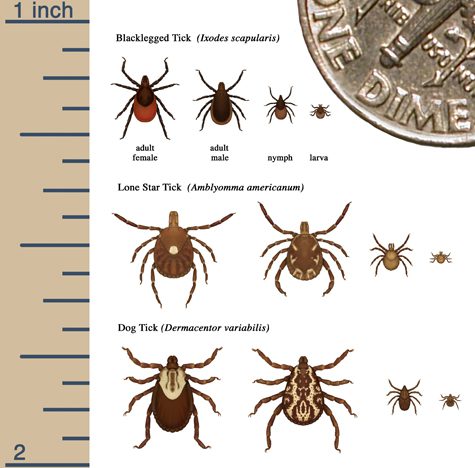It’s tick season: how to stay pest-free on the trails
Avoid catching diseases with a few simple steps

The weather is beautiful, and you and your running buddies are hitting the trails as often as possible. You know to carry emergency snacks, hydrate, and stay bear-aware, but are you keeping an eye out for pesky cling-ons? Ticks carry the risk of Lyme disease and have the potential to pass on up to 65 other illnesses. Pest experts predict this year to be an especially potent year for the pests, due to a milder winter.

Runners moving quickly through trail or grassy areas can be particularly at risk, and you’ll also need to check any dogs you may have with you. Here are a few tips to keep your runs tick-free.
Be aware in high grass
Grass height over 10 cm is the ideal length for ticks, as they like to perch on top of grass blades seeking potential hosts. Keep your own yard closely cut, and if possible, avoid running through long grass. If your pets frolic in the grass during a trail run, make sure to check them for ticks by “sweeping” occasionally (separating your pet’s fur and running your palm through deep fur spots, carefully focusing on the collar region, where ticks like to embed themselves).
Practise tick-aware preventive measures
Wear long sleeves and full pants. Yes, it can make your run feel warm, but it’s worth it to stay safe (and adds the bonus of UV protection). Use an insect repellent or bug spray containing DEET or Icaridin (also known as Picaridin) on clothes and exposed skin. A DEET spray will repel ticks, however, it is not 100 percent effective and you will still need to do a tick check.
#Tick season is here! Stay safe while spending time outdoors.
✔tuck your pants into your socks
✔wear closed-toe shoes
✔wear insect repellent containing DEET or Icaridinhttps://t.co/yt1nFo3vL4 pic.twitter.com/IY5evftVGz— Dr. Theresa Tam (@CPHO_Canada) June 14, 2022
Check yourself and your pets for both bugs and bites
Even though your immediate urge after a long run may be to grab some water, your foam roller and collapse on the floor, make it a habit of taking a few minutes to inspect yourself. The earlier you find a tick, the better; the ticks that transmit Lyme disease (infected black-legged ticks) need to be attached for at least 24 hours in order to transmit the disease-causing bacteria.
Correctly remove a tick if you spot one
If you do find unpleasant critters, don’t panic. Follow these steps recommended by the Health Canada website to remove them:
- Use clean, fine-point tweezers to grasp the head as close to the skin as possible and slowly pull straight out. Try not to twist or squeeze the tick. Ticks firmly attach their mouthparts into the skin, requiring slow but firm traction to remove them.
- If the mouthparts break off and remain in the skin, remove them with tweezers. If you’re unable to remove them easily, leave them alone and let the skin heal.
- Wash the bite area with soap and water or an alcohol-based sanitizer.
We all want to stay healthy during the summer running season (and beyond!) and by taking a little bit of extra time to stay safe from ticks, you and your pets can run without worry of bites or infections.


